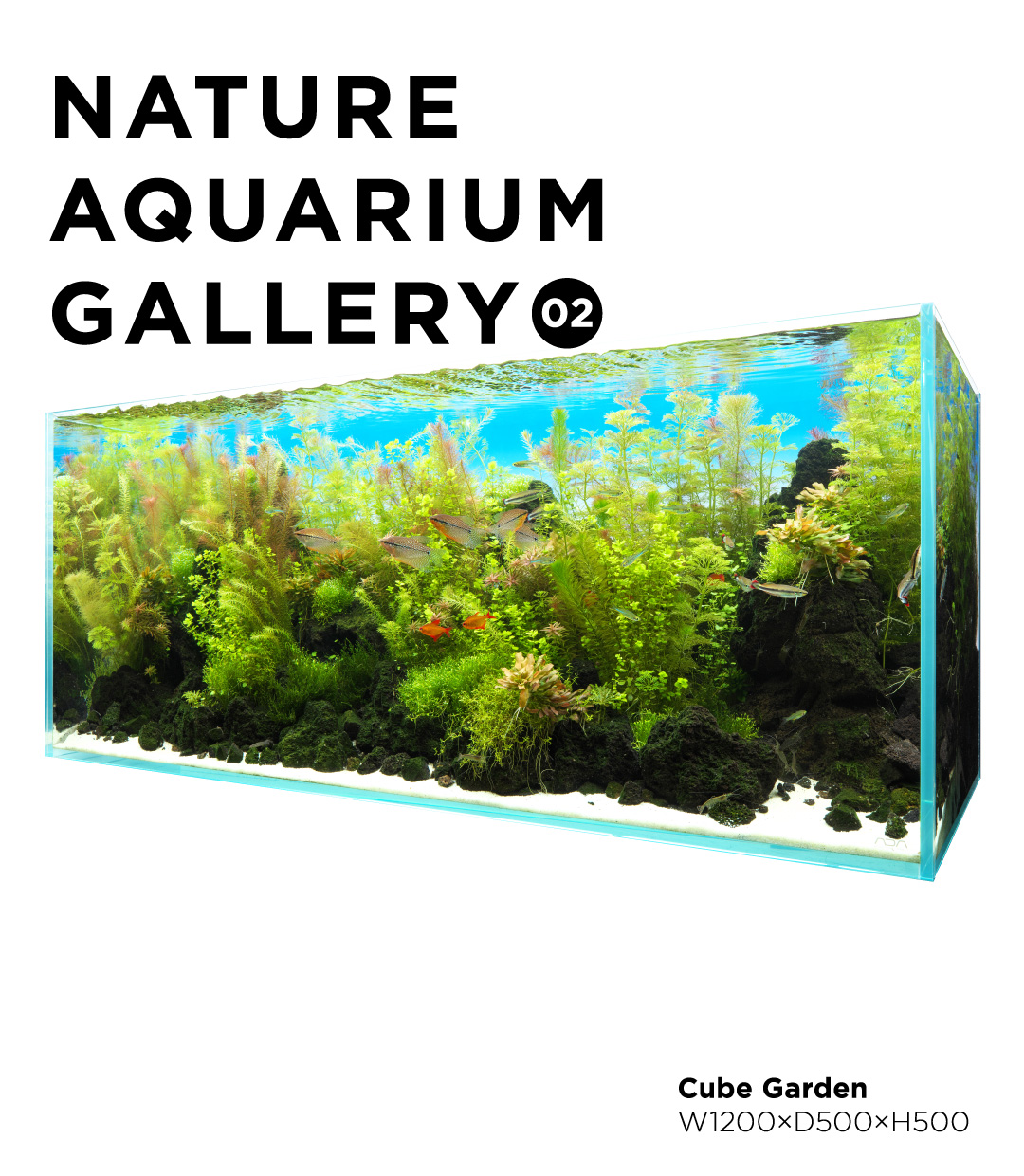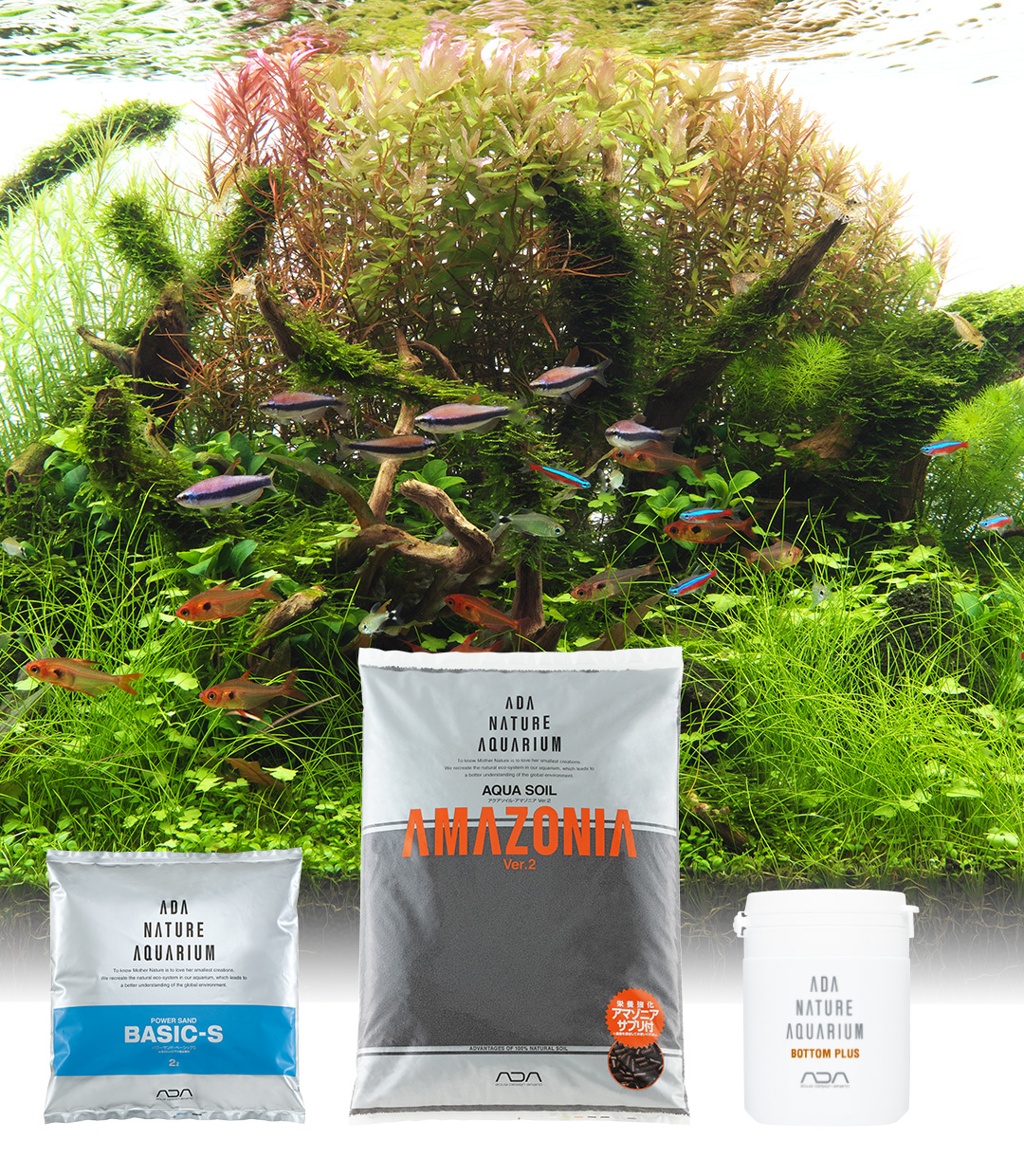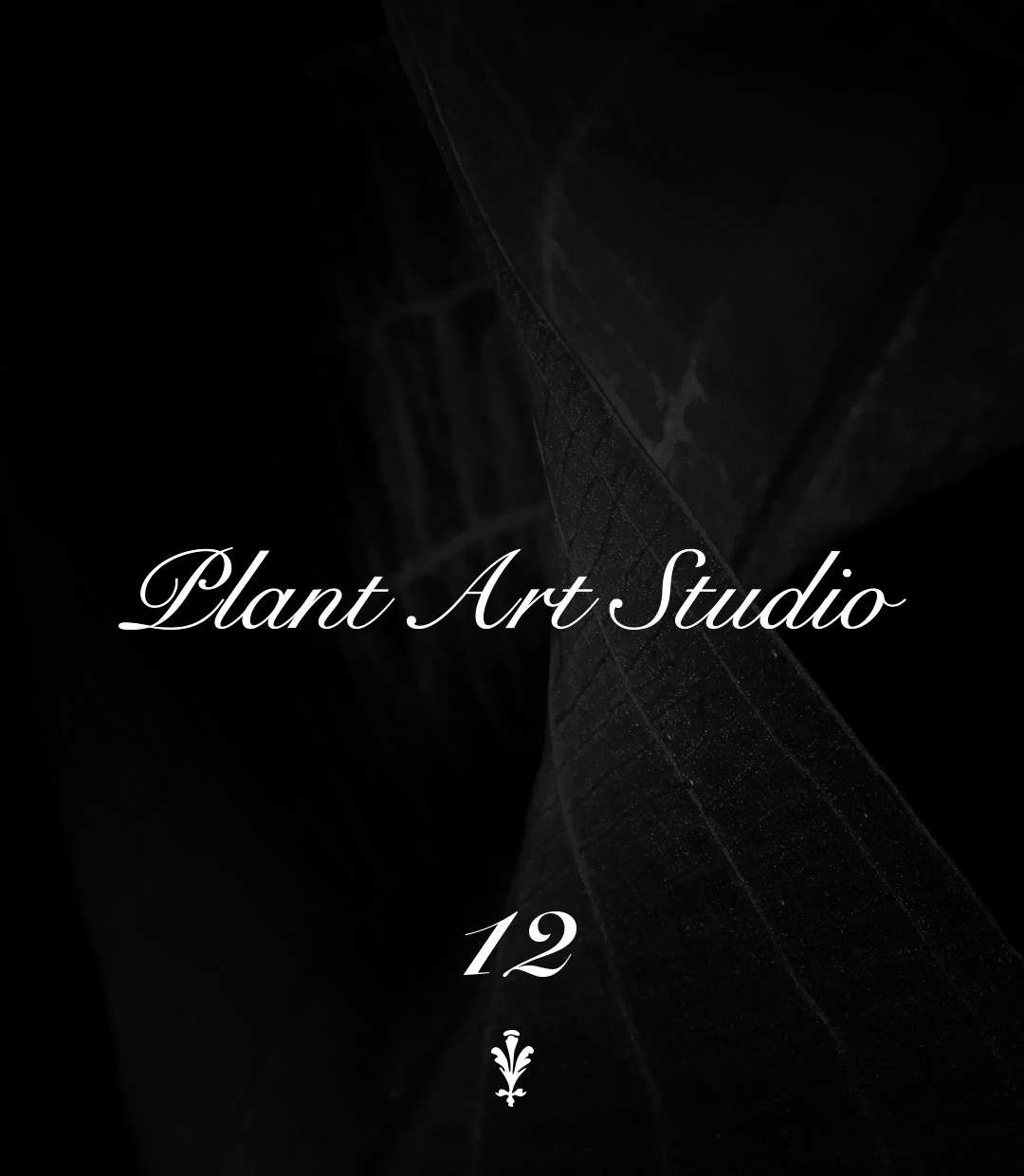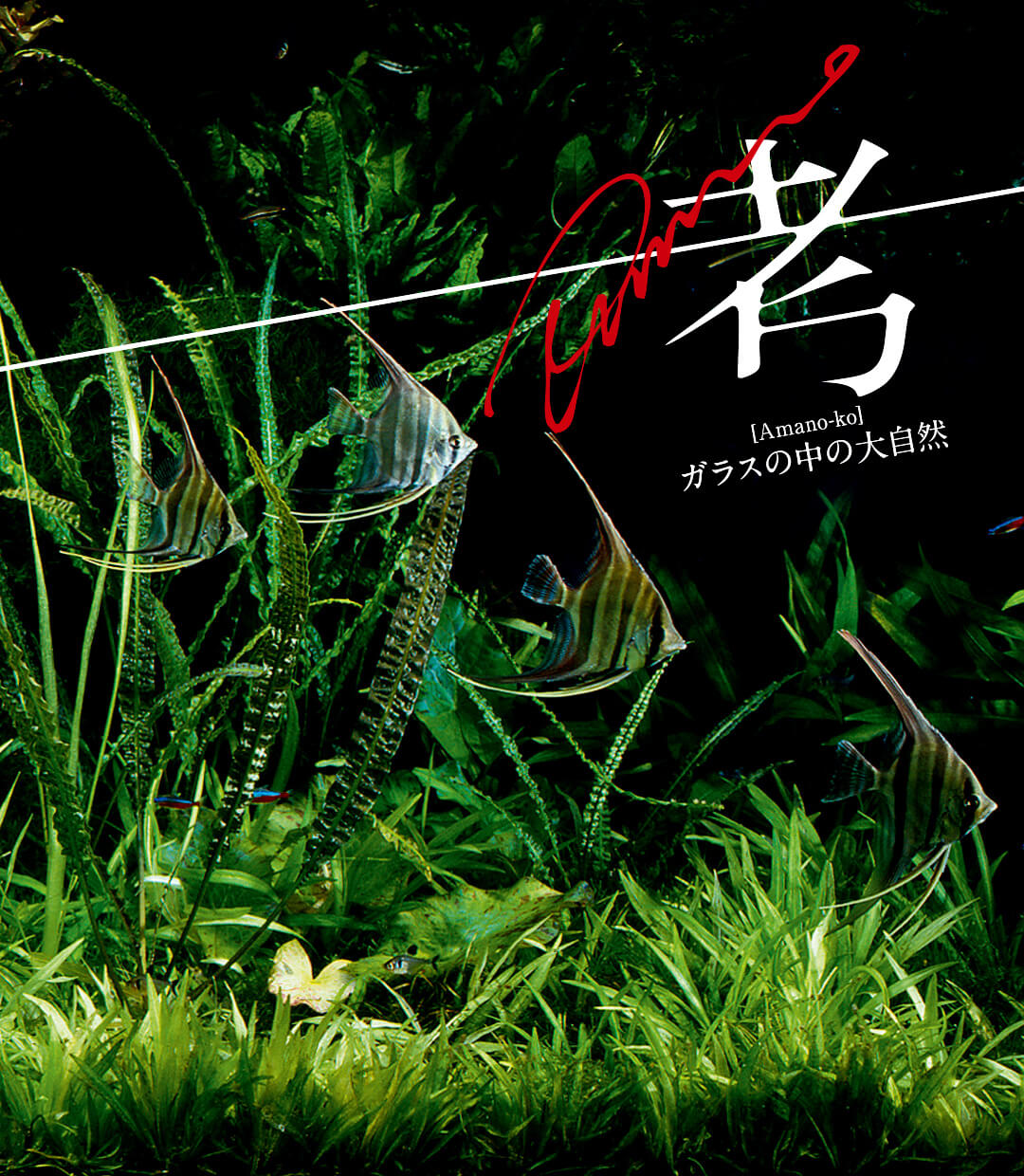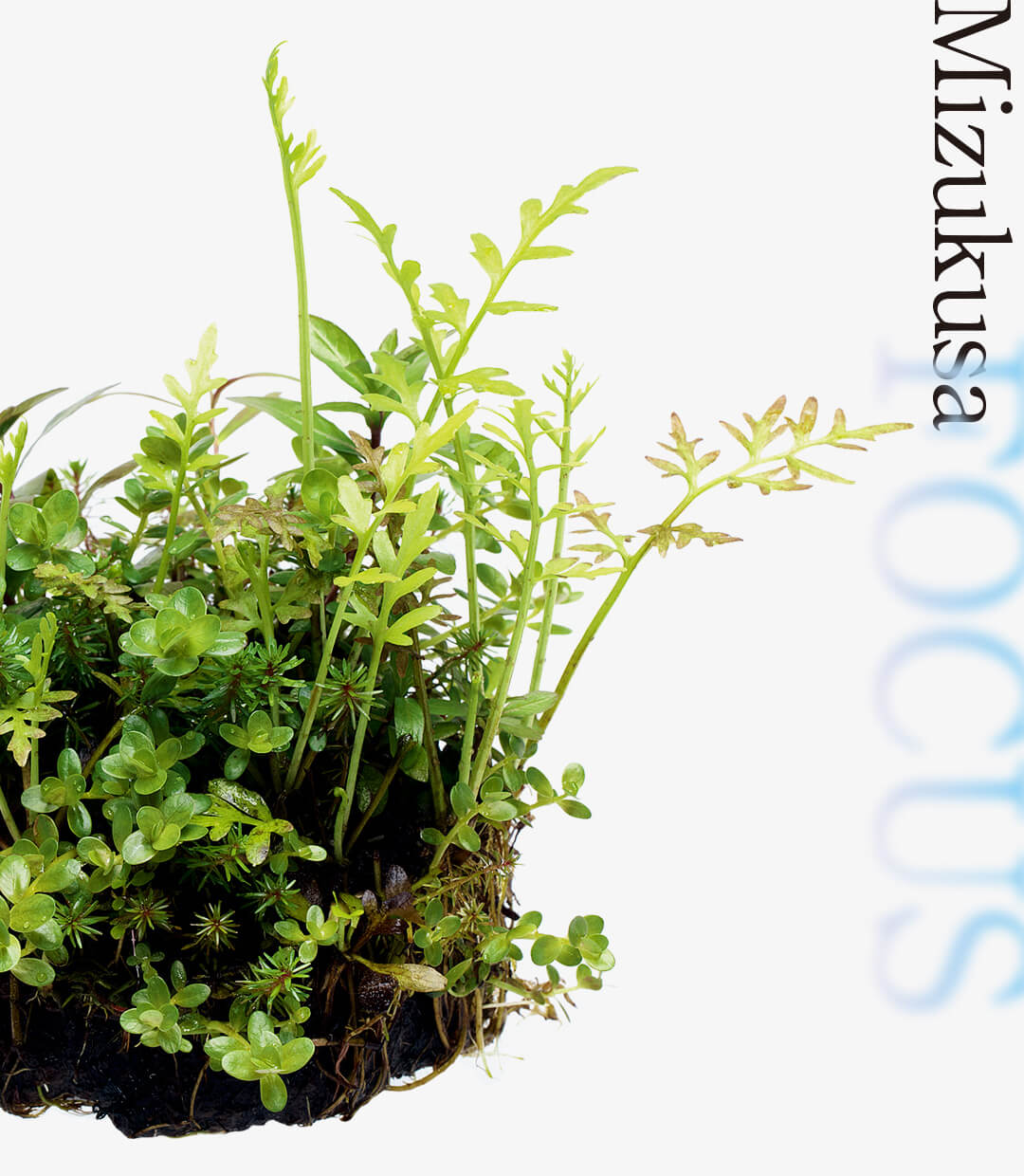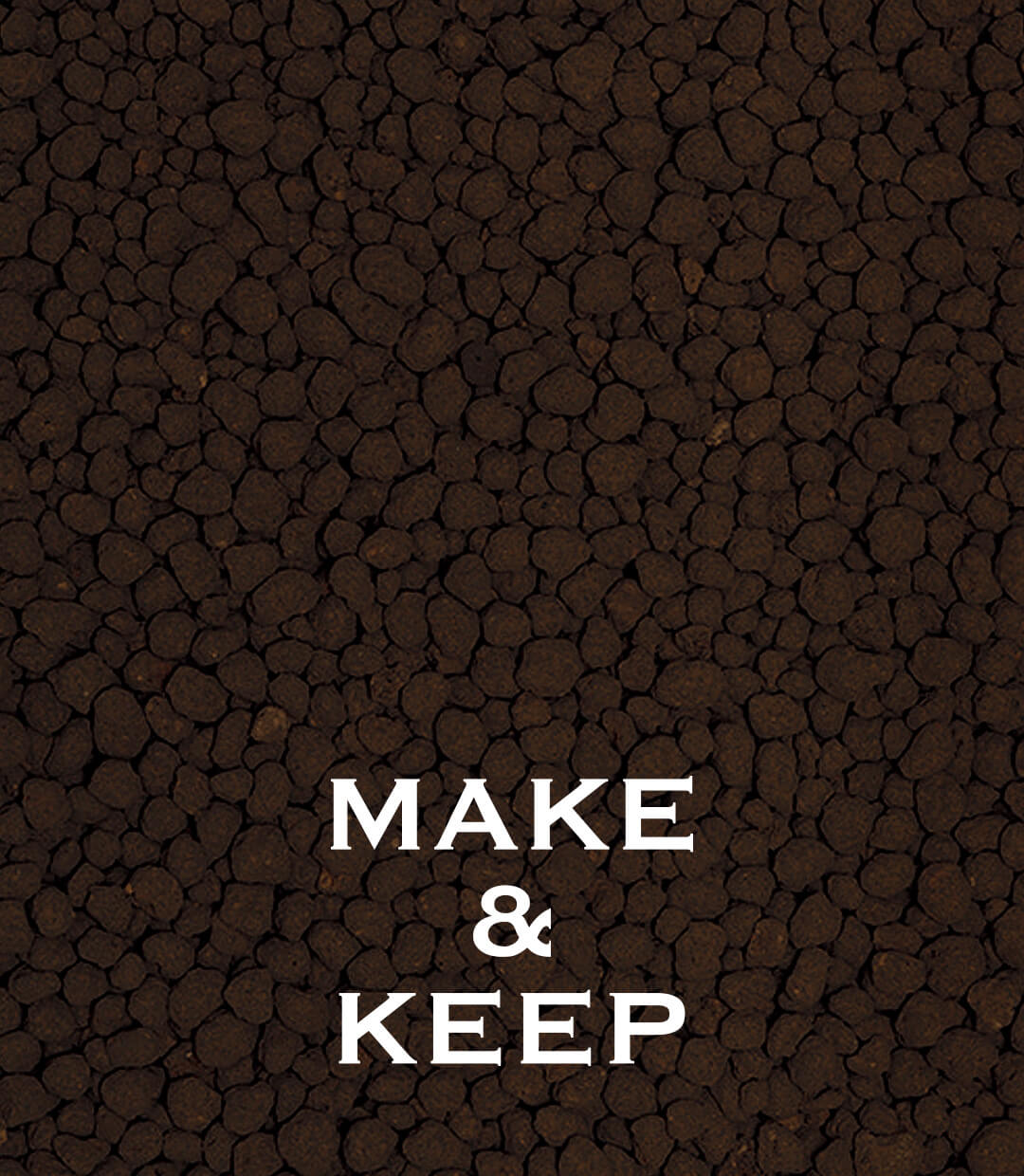HOW TO 2021.03.12
HOW TO ENJOY TERRA BASE “Terra Base Examples Vol.2”
We continue to introduce more Terra Base examples in this article.
Please refer to the previous articles for the know-how.
Please refer to the previous articles for the know-how.
Having a rare plant, Drynaria take root on Terra Base
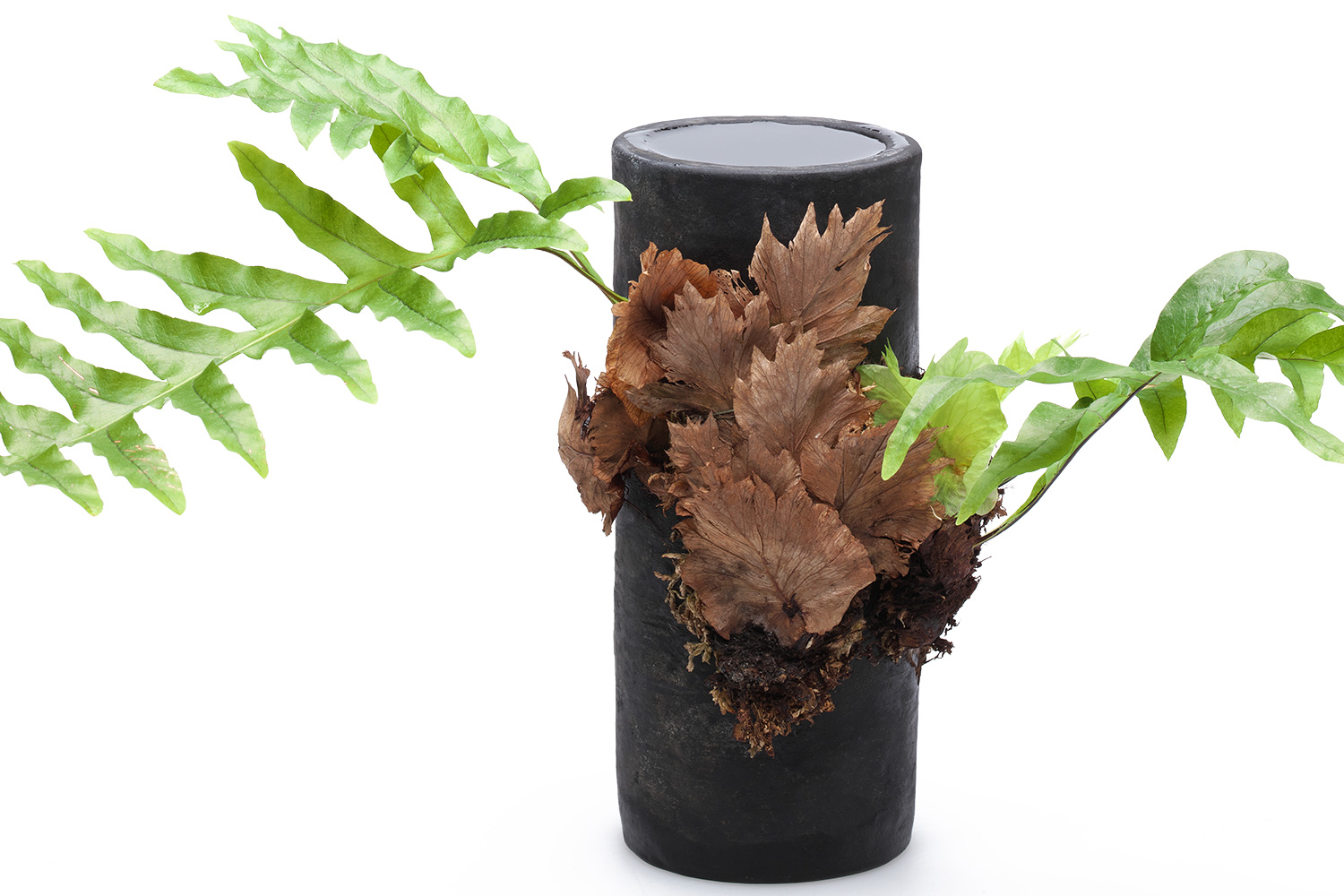
Drynaria expanded its habitat to trees by obtaining a special structure called water-storing leaves. The water-storing leaves protect roots that come out from rhizomes extending in the direction of travel. The water-storing leaves help the roots retain humidity. From the way Drynaria grows while creating its own growing environment, we feel the toughness of the wild. In terms of the development of water-storing leaves, they grow particularly fast, and they make us realize that they are growing day by day. By the way, even withered leaves have the role of moisturizing. Therefore, they don’t need to be removed.
The form of Terra Base doesn’t change even if small plants are attached. However, if large plants are attached to Terra Base, the greenery stands out even more when placed in a room because the forms of large plants are interesting.
Besides this species, other plants such as Platycerium which has the same water-storing leaf structure, showed healthy growth. It is common to enjoy these epiphytes on plates hanging on the wall. But, when watering the plants, you need to remove the plants from the wall and water them. Then, you have to put the plants back on the wall after making sure that the water is drained enough. Moreover, it is often hard to tell the timing for watering.
But there is no need to make such a difficult decision or hassle for the Terra Base style introduced in this article.
The form of Terra Base doesn’t change even if small plants are attached. However, if large plants are attached to Terra Base, the greenery stands out even more when placed in a room because the forms of large plants are interesting.
Besides this species, other plants such as Platycerium which has the same water-storing leaf structure, showed healthy growth. It is common to enjoy these epiphytes on plates hanging on the wall. But, when watering the plants, you need to remove the plants from the wall and water them. Then, you have to put the plants back on the wall after making sure that the water is drained enough. Moreover, it is often hard to tell the timing for watering.
But there is no need to make such a difficult decision or hassle for the Terra Base style introduced in this article.
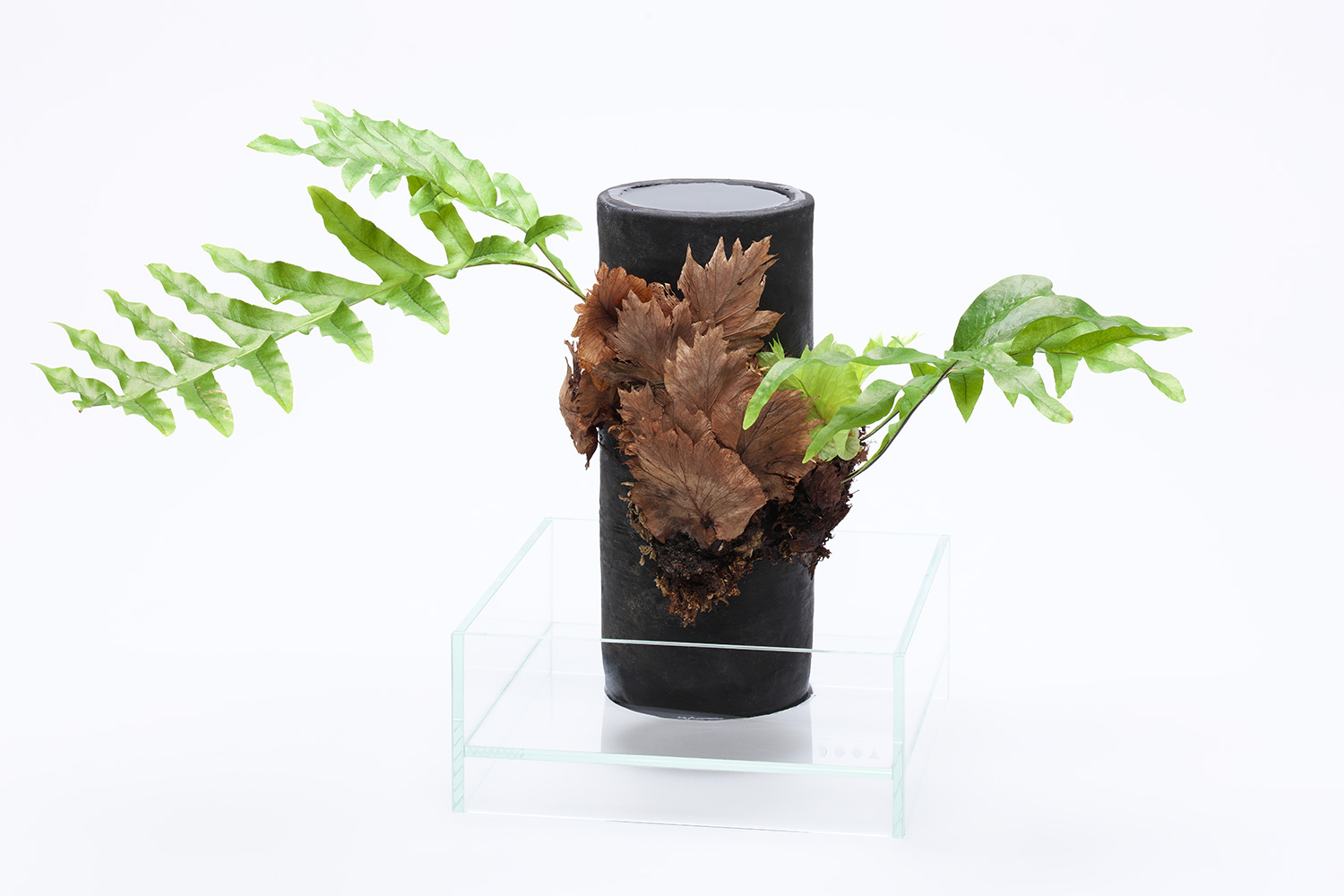
Terra Base that is porous, dissipates water extensively because of the high water absorption and capillarity, and maintains a humid environment. For watering, just by pouring water into Terra Base, the water is supplied slowly to the entire Terra Base. Because no moss is attached to this Terra Base example, there is no need to cover the Terra Base with an aquarium tank. But it still needs a water saucer. So, a saucer-shaped aquarium tank such as Neo Glass Air W20xD20xH8 (cm) can be used to maintain the Terra Base.
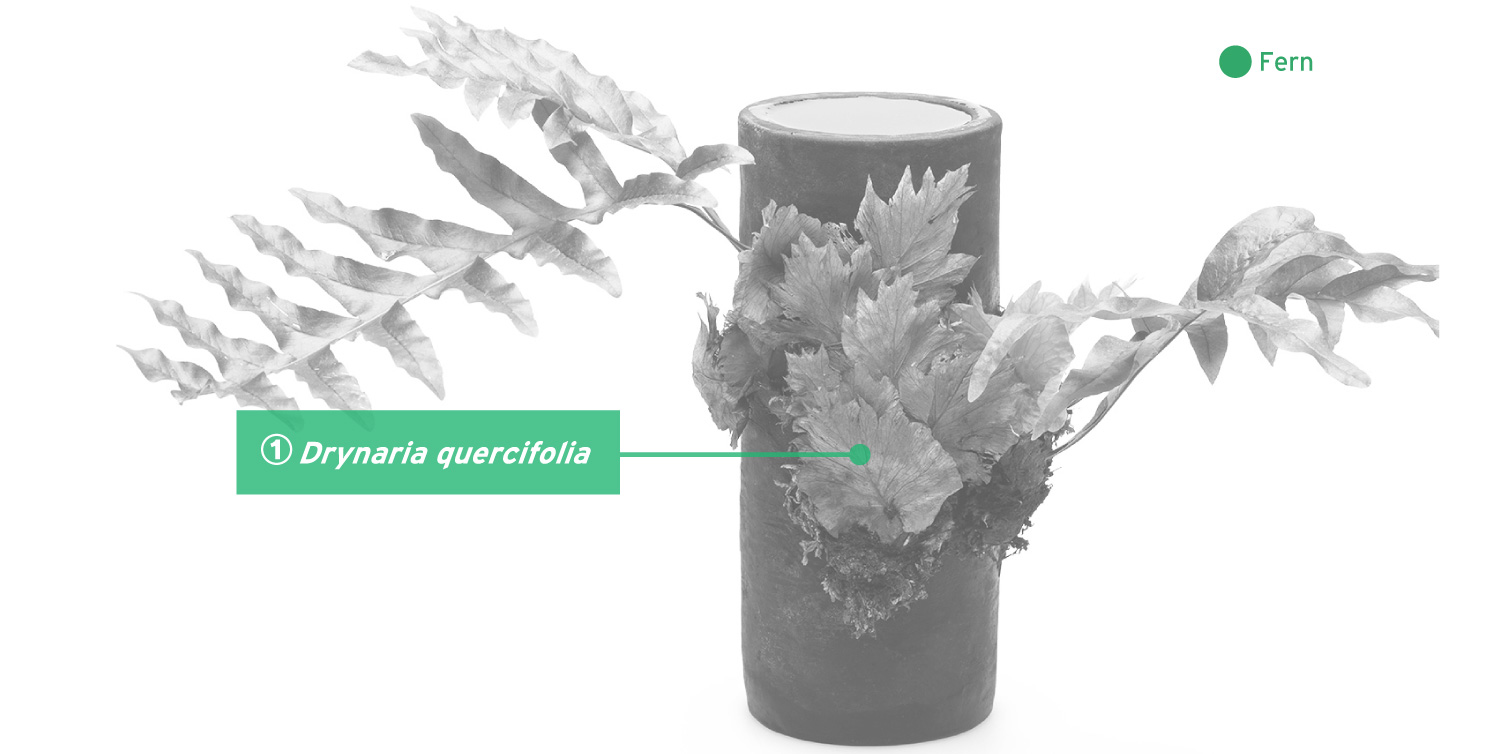
【DATA】
Terra Base M
【PLANTS】
①Drynaria quercifolia
Terra Base M
【PLANTS】
①Drynaria quercifolia
Enjoying epiphytic Araceae from Southeast Asia on Terra Base.
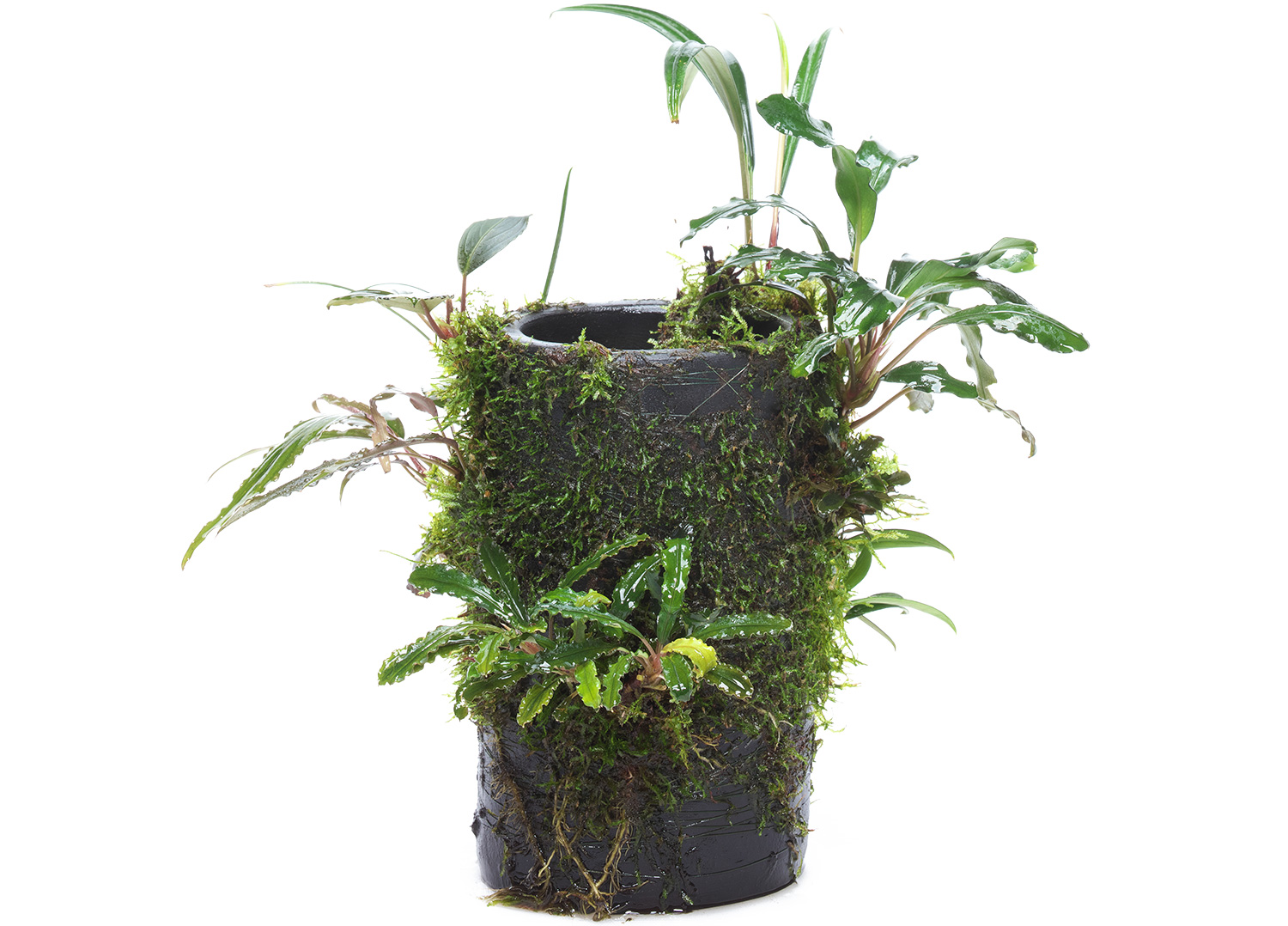
At the waterside of tropical rain forests in Indonesia or Malaysia, various epiphytic Araceae species are widely distributed. The representative is Bucephalandra species. They are adopted to both increase and decrease of water by firmly taking root on rocks at streams deep in the jungles. Although they may look too subdued at first glance, if observing them carefully, some of them have cool colors with leaf veins, or some even have dull blue glow. The unique wild look of the flora attracts collectors. When having them take root on the vertical side of Terra Base, the way they spread their leaves fascinates us.
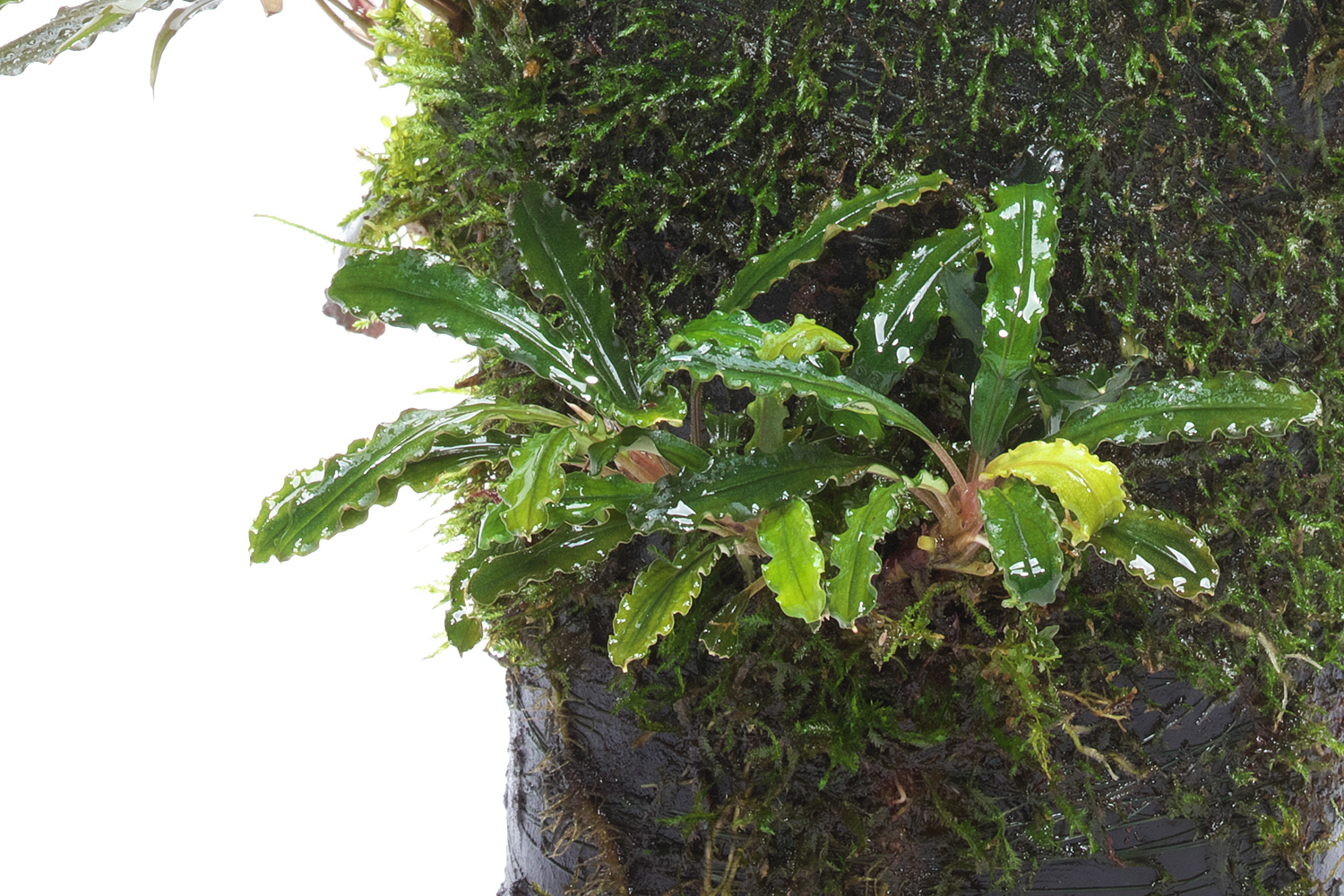
Because these plants prefer high humidity environments, they are cultivated in a Neo Glass Air covered with a lid while keeping high humidity. The leaves are spread widely, and the wild look can be enjoyed. On the other hand, it is easy for molds to grow in such an environment. Therefore it is important to overflow Terra Base with water once a week. By removing dirt from the Terra Base surface or dirt tangled on moss, molds can be prevented. Furthermore, right before putting back Terra Base in an aquarium tank, make sure to supply nutrients with Wabi-Kusa Mist.
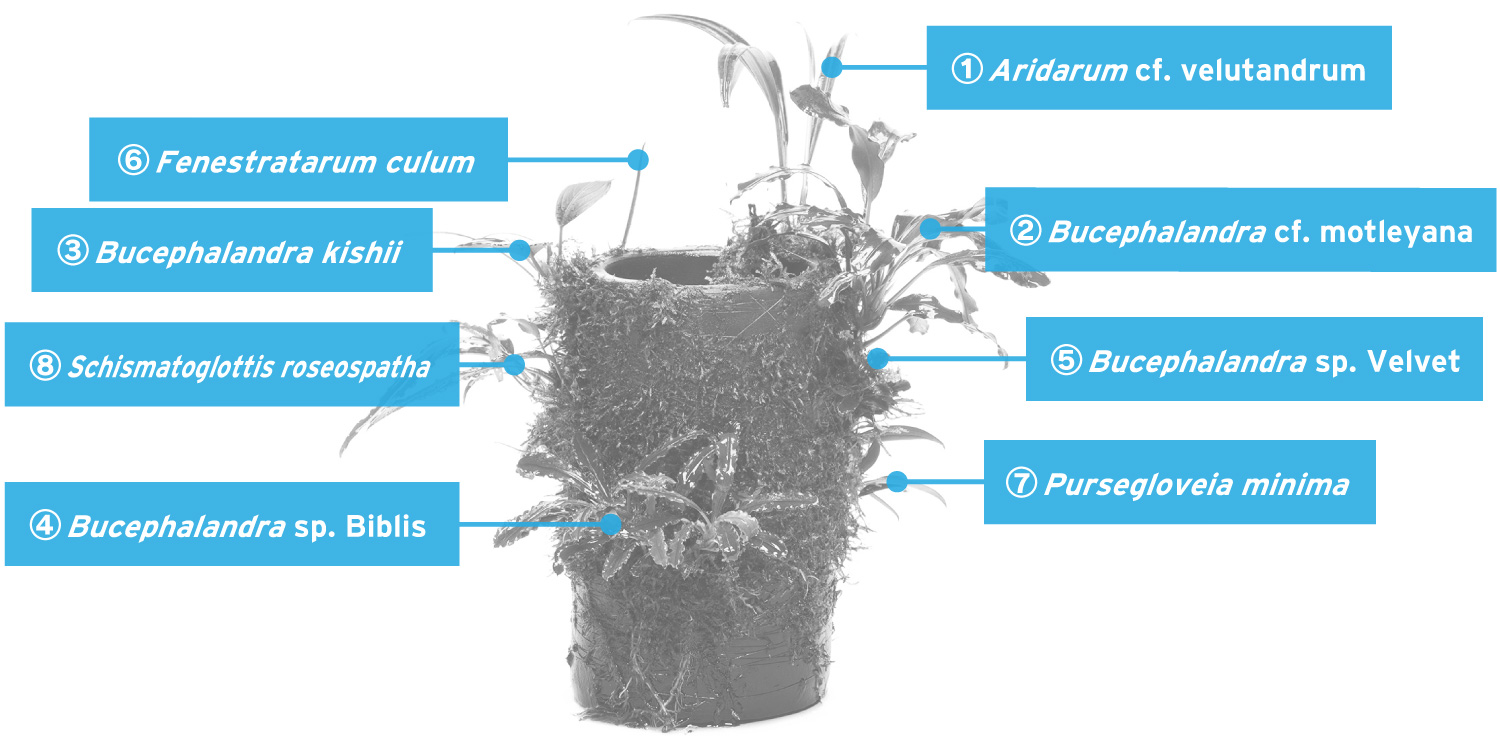
【DATA】
Terra Base S
【PLANTS】
①Aridarum cf. velutandrum
②Bucephalandra cf. motleyana
③Bucephalandra kishii
④Bucephalandra sp. Biblis
⑤Bucephalandra sp. Velvet
⑥Fenestratarum culum
⑦Pursegloveia minima
⑧Schismatoglottis roseospatha
Plagiomnium acutum
Taxiphyllum sp. ‘Peacock Moss’
Taxiphyllum sp. ‘Spiky Moss’
Terra Base S
【PLANTS】
①Aridarum cf. velutandrum
②Bucephalandra cf. motleyana
③Bucephalandra kishii
④Bucephalandra sp. Biblis
⑤Bucephalandra sp. Velvet
⑥Fenestratarum culum
⑦Pursegloveia minima
⑧Schismatoglottis roseospatha
Plagiomnium acutum
Taxiphyllum sp. ‘Peacock Moss’
Taxiphyllum sp. ‘Spiky Moss’
